Disclosure: This article contains affiliate links. We may earn a commission from purchases at no extra cost to you, which helps our travel content.
The first time I laid eyes on Uluru, I was struck by an unexpected sense of familiarity—not because I'd seen countless images of Australia's iconic monolith, but because it resonated with something deeper. As someone who's documented America's disappearing roadside attractions and historic venues, I found myself humbled by this 600-million-year-old natural monument that changes colors like a chameleon throughout the day. Having spent years balancing my medical career with travel documentation, I've learned that the most meaningful experiences come from understanding a place's cultural significance while respecting its natural rhythms. This guide shares my week-long winter adventure at Uluru, perfect for couples seeking both awe-inspiring outdoor activities and intimate moments in one of Earth's most spiritually significant landscapes.
Understanding Uluru's Sacred Significance
Before diving into activities, it's crucial to understand that Uluru isn't just a geological wonder—it's a deeply sacred site for the Anangu people, the traditional owners of this land. Their connection to this place spans at least 30,000 years, making American history seem like yesterday's news by comparison.
During my visit, I made it a priority to attend a cultural workshop at the Cultural Centre, where Anangu guides shared stories about Tjukurpa (their creation beliefs) and explained why certain areas of Uluru shouldn't be photographed. These areas contain sacred knowledge sites, and capturing images could inappropriately expose cultural information meant only for initiated members.
The decision to ban climbing Uluru (effective since October 2019) wasn't about restricting tourist activities—it was about acknowledging the site's profound spiritual importance. As a visitor who's documented cultural institutions across four continents, I can tell you that understanding these cultural contexts transforms your experience from simply seeing a big red rock to appreciating a living cultural landscape.
Taking time to learn about Uluru's significance isn't just respectful—it enriches everything else you'll do here. The ranger-guided walks around the base provide fascinating insights into how the Anangu have survived in this harsh environment for millennia, using knowledge passed down through generations.
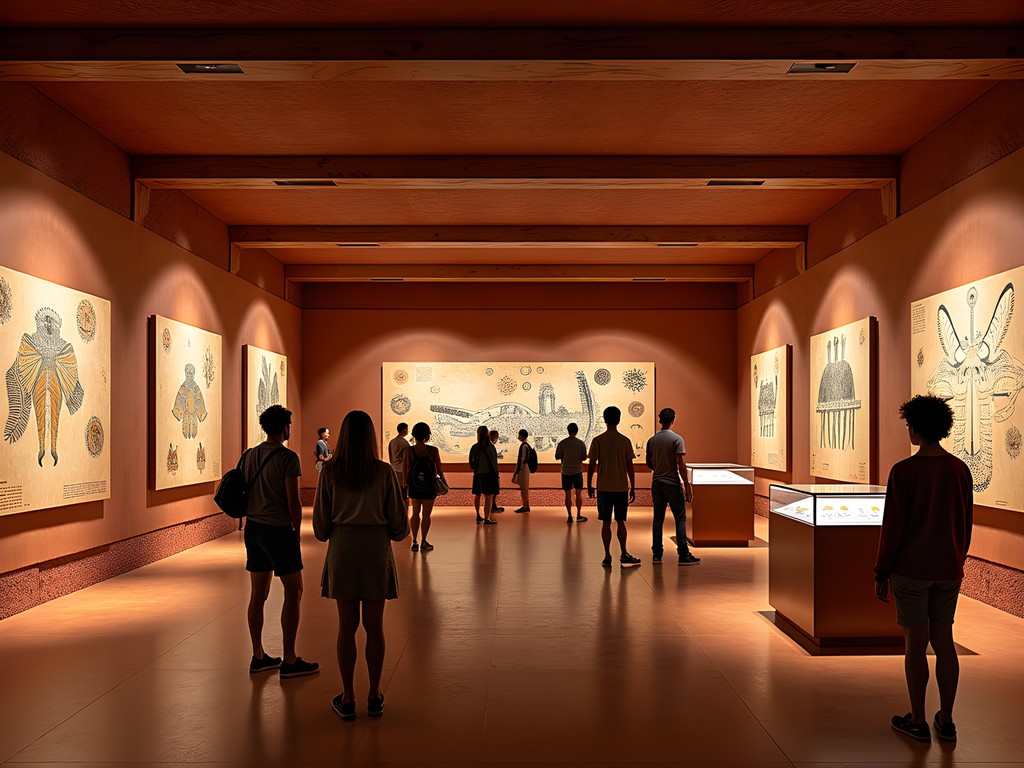
💡 Pro Tips
- Visit the Cultural Centre on your first day to gain context for everything else you'll see
- Consider purchasing authentic Indigenous artwork as a meaningful souvenir that supports local communities
- Learn a few basic Pitjantjatjara words to show respect for the local language
Dawn Patrol: The Ultimate Uluru Sunrise Experience
There's a reason why sunrise at Uluru tops every must-do list—and it's not just about beating the heat. The transformation of the monolith from shadowy silhouette to glowing amber is nothing short of magical. But here's my medical technologist's precision tip: don't just show up at the designated viewing area five minutes before sunrise.
Instead, arrive at least 45 minutes before the official sunrise time. This allows your eyes to adapt to the changing light conditions (the rods and cones in your retina need time to adjust) and lets you witness the full color progression. I positioned myself at the Talinguru Nyakunytjaku viewing area, which offers expansive views of both Uluru and Kata Tjuta in the distance.
The predawn darkness in the Outback is profound—I've never seen stars so brilliant. Bring a reliable headlamp to navigate safely from your vehicle to the viewing platforms without disturbing others with harsh light. The hands-free design lets you set up your camera equipment while maintaining your night vision.
Speaking of equipment, while professional cameras capture amazing detail, don't underestimate what you can achieve with the right smartphone setup. I brought my smartphone tripod which allowed me to capture time-lapse sequences of the color changes using just my phone. The flexible legs can wrap around viewing platform railings, giving you stable shots without taking up much space in your luggage.
The experience of watching Uluru wake up is deeply meditative. As the first rays hit the rock, an audible collective gasp often ripples through the gathered viewers. Even as someone who's witnessed sunrise at baseball stadiums across America's heartland, this natural spectacle operates on an entirely different level of awe.

💡 Pro Tips
- Dress in warm layers—winter mornings in the desert can drop below freezing
- Bring a thermos of hot tea or coffee to enjoy while watching the sunrise
- Position yourself with the sun at your back for the best photography conditions
Base Walk: Circumnavigating the Heart of Australia
If there's one activity that gives you the most comprehensive Uluru experience, it's the 10.6 km Base Walk that circles the entire monolith. As someone who's logged countless miles exploring America's highway culture, I can tell you this walk offers something no drive-by viewing can match: perspective on the sheer scale and diverse features of Uluru.
What surprised me most was how different each section of the rock appears. The northern face features dramatic caves and overhangs, while the Mutitjulu Waterhole on the southern side reveals a lush microecosystem that seems impossible in this arid landscape. The eastern side showcases remarkable wave-like erosion patterns that any geology enthusiast would appreciate.
I started my Base Walk at Mala car park around 8:30 AM, after the sunrise viewing but before the day heated up. The full circuit took me about 3.5 hours, including stops for photography and water breaks. The path is mostly flat and well-maintained, making it accessible for most fitness levels despite its length.
One technical tip from my medical background: proper hydration is critical here. The arid environment causes increased insensible water loss through respiration and evaporation—even in winter when you might not feel as thirsty. I carried my trusty insulated water bottle which kept my water cool throughout the journey. The wide mouth makes it easy to add electrolyte tablets, which I recommend for maintaining proper fluid balance.
While the complete Base Walk is rewarding, those with limited time or mobility can experience sections of it through shorter walks. The Mala Walk (2 km return) and Mutitjulu Waterhole Walk (1 km return) offer particularly rich cultural and natural highlights if you're pressed for time.
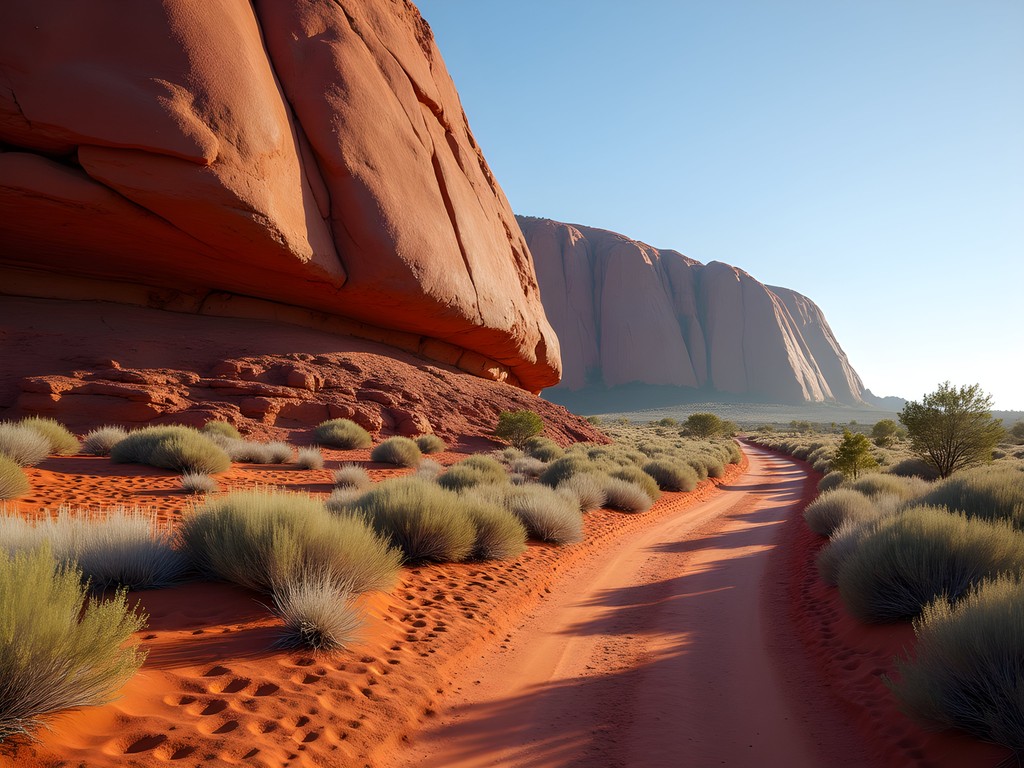
💡 Pro Tips
- Start early in the morning to enjoy cooler temperatures and better lighting for photography
- Download the free Uluru Audio Guide app before your visit for fascinating commentary along the way
- Look for small signs indicating areas where photography isn't permitted out of respect for sacred sites
Valley of the Winds: The Hidden Gem at Kata Tjuta
While Uluru gets most of the attention, many visitors (myself included) find Kata Tjuta equally impressive—if not more so. Located about 40 minutes' drive from Uluru, this collection of 36 massive rock domes creates an otherworldly landscape that feels like walking on another planet.
The Valley of the Winds walk is the standout experience here, offering a more challenging but incredibly rewarding hiking opportunity. As someone who's trekked through diverse terrains from Minnesota's North Shore to Eastern European highlands, I found this 7.4 km circuit to be moderately challenging but absolutely manageable for anyone with basic fitness.
The trail winds between towering red rock formations, through narrow passages, and up to spectacular lookout points. The first viewpoint, Karu Lookout, is reached after about 30 minutes of walking. But it's the second viewpoint, Karingana Lookout, that truly took my breath away—offering a panoramic vista of the domes and the vast desert plains beyond.
I noticed many visitors only make it to the first lookout before turning back. Don't make this mistake! The most dramatic scenery comes after this point, when the trail descends into the valley itself. The microclimate here supports surprisingly diverse vegetation, creating green pockets amid the red earth.
For this hike, proper footwear is essential. My hiking shoes provided the perfect balance of support and breathability for the varied terrain. The Ventilator model is particularly well-suited to the dry conditions at Kata Tjuta, allowing your feet to stay cool while providing necessary traction on the sometimes loose gravel sections.
Note that this walk can be closed during hot weather (typically when forecasted temperatures exceed 36°C/97°F), but this rarely happens during winter months. Always check at the park entrance for current conditions before setting out.

💡 Pro Tips
- Pack a small first aid kit with blister protection—the varied terrain can cause unexpected hot spots
- Bring at least 1.5 liters of water per person, even in winter
- Consider using trekking poles for the steeper sections if you have knee issues
Outback Astronomy: Stargazing in the Desert Dark
Having documented night games at minor league baseball stadiums across America, I thought I understood dark skies. I was wrong. The night sky at Uluru redefined my concept of darkness and stellar visibility. The absence of light pollution creates conditions for astronomy that few places on earth can match.
During my visit, I participated in an organized stargazing tour called 'Astronomy for Beginners' offered at Ayers Rock Resort. Our guide used a powerful laser pointer to identify constellations and explained how the Indigenous people incorporated celestial navigation into their culture and survival practices. The Southern Hemisphere presents entirely different star patterns than I'm used to seeing in North America—the Southern Cross and Magellanic Clouds were particular highlights.
What made this experience special wasn't just the technical aspects of astronomy, but connecting these celestial bodies to the ancient stories of the Anangu people. Their astronomical knowledge, passed down through generations, demonstrates sophisticated understanding of seasonal changes and navigation.
If you're interested in astrophotography, Uluru provides exceptional opportunities. I brought my travel tripod which proved invaluable for night photography. Despite its compact size when folded (fitting easily in my carry-on), it provided rock-solid stability for long exposures. The innovative design allows for quick setup—essential when you're fumbling around in the dark trying to capture the perfect shot.
For self-guided stargazing, I recommend driving to the Uluru sunset viewing area after dinner. The parking area remains accessible after dark, and the vast horizon gives you unobstructed views in all directions. Bring a blanket to spread on the hood of your car, and simply look up. The Milky Way stretches across the sky with such clarity that it almost appears three-dimensional.
For those without astronomy experience, several apps can help identify what you're seeing. I used Star Walk 2, which uses your phone's GPS and orientation to show exactly what stars and planets are visible in the direction you're pointing.
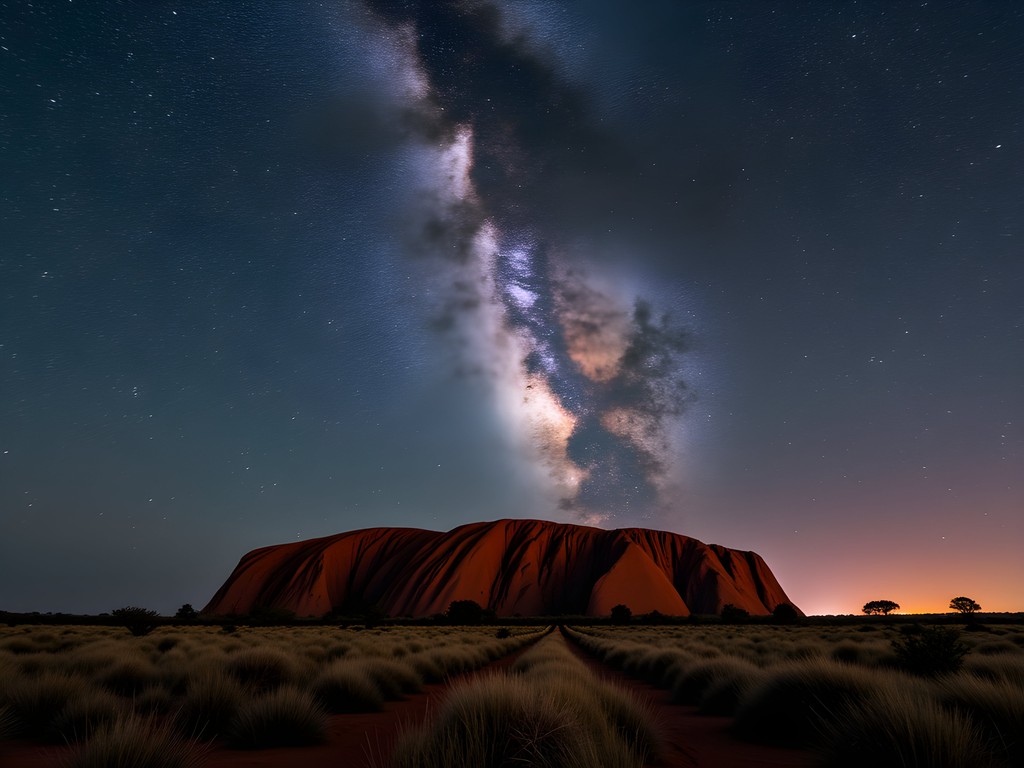
💡 Pro Tips
- Bring a red-light headlamp to preserve your night vision while moving around in the dark
- Download a star identification app before arriving, as internet connectivity can be limited
- Allow 20-30 minutes for your eyes to fully adapt to darkness for the best viewing experience
Field of Light: Where Art Meets Ancient Landscape
As someone who approaches travel with both technical precision and appreciation for cultural preservation, Bruce Munro's Field of Light installation at Uluru represents a perfect synthesis of modern artistry with respect for ancient landscape.
This immersive art installation consists of over 50,000 stemmed spheres of light that bloom as darkness falls over the desert. The solar-powered lights gently change colors, creating a field of illumination that contrasts beautifully with the dark silhouette of Uluru in the background. Originally planned as a temporary exhibit, its popularity led to an indefinite extension—and after experiencing it firsthand, I understand why.
There are several ways to experience Field of Light, from the standard viewing pass to more elaborate dinner packages. I opted for the 'Field of Light Star Pass,' which includes canapés, sparkling wine, beer and non-alcoholic beverages, along with a self-guided walk through the installation. At about $90 AUD per person, it struck me as the right balance between experience and value.
What makes this experience special is how it creates a dialogue between contemporary art and ancient landscape without overshadowing or disrespecting the natural environment. The lights are subtle enough not to create significant light pollution for stargazing, yet create an ethereal landscape that complements rather than competes with Uluru.
For photography enthusiasts, this presents unique challenges and opportunities. The contrast between the glowing orbs and the dark desert night requires careful exposure balancing. I found my compact travel camera performed admirably in these conditions. Its ability to shoot in RAW format allowed me to recover shadow details while preserving the delicate illumination of the art installation. The flip screen also proved useful for composing low-angle shots among the lights without having to lie on the desert floor.
The pathways through the installation are wheelchair accessible, making this an inclusive experience for visitors with mobility limitations who might not be able to participate in some of the more strenuous walks around Uluru.
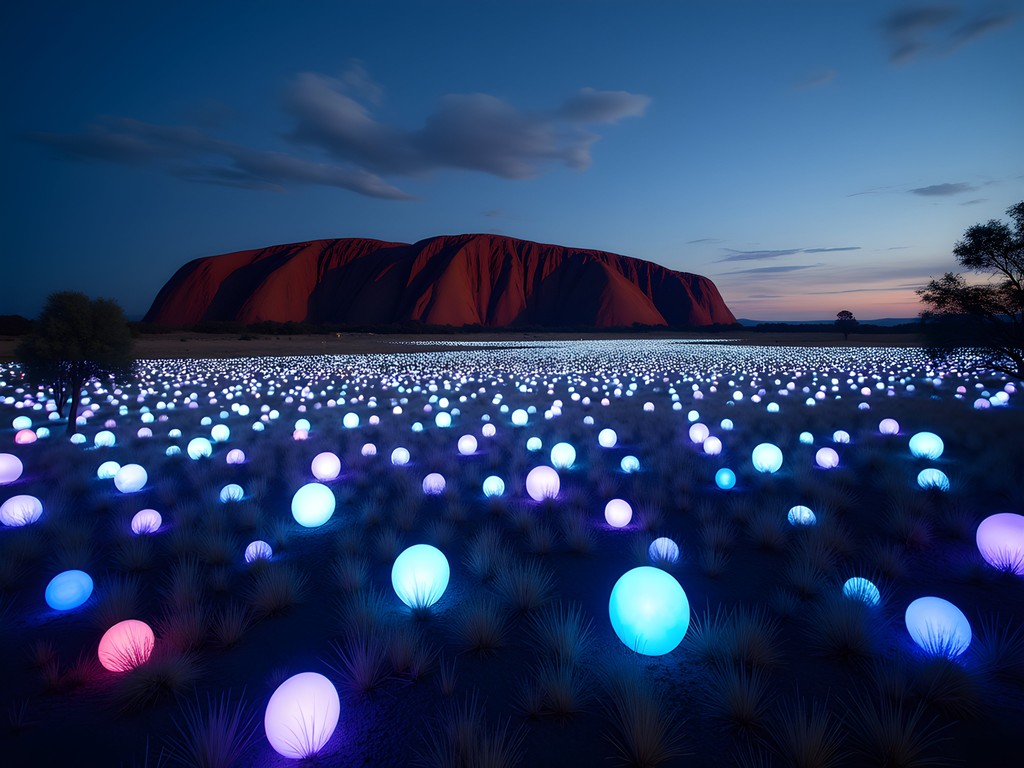
💡 Pro Tips
- Book your Field of Light experience well in advance as slots fill up quickly, especially during peak season
- Bring a small flashlight for navigating to and from the bus, but avoid using it while in the installation
- Consider visiting on a moonless night for the most dramatic contrast between the lights and the dark desert
Final Thoughts
Uluru demands more than just a visit—it requires presence. Throughout my week here, I witnessed countless visitors rushing from one photo opportunity to the next, but those who slowed down experienced something profound. The connection between land, culture, and sky at Uluru creates a rare opportunity to step outside our hurried modern lives and experience time on a different scale. Whether you're watching colors shift across ancient rock, walking paths trod for thousands of years, or gazing at stars that guided generations before us, Uluru offers couples a chance to share moments of genuine wonder. As I packed my camera gear on the final morning, I realized that documenting this place was secondary to experiencing it. So when you visit, remember to lower your lens occasionally and simply be present. The memories you'll carry home will be richer for it.
✨ Key Takeaways
- Respect cultural significance by learning about Anangu traditions and observing photography restrictions
- Visit during winter (June-August) for comfortable temperatures and clear skies ideal for both day and night activities
- Allow at least 3 days to experience the major highlights without rushing
- Balance organized tours with self-guided exploration for the most authentic experience
📋 Practical Information
Best Time to Visit
June to August (Australian winter)
Budget Estimate
$200-300 AUD per day including accommodation, car rental and activities
Recommended Duration
Minimum 3 days, ideally 5-7 days
Difficulty Level
Easy To Moderate

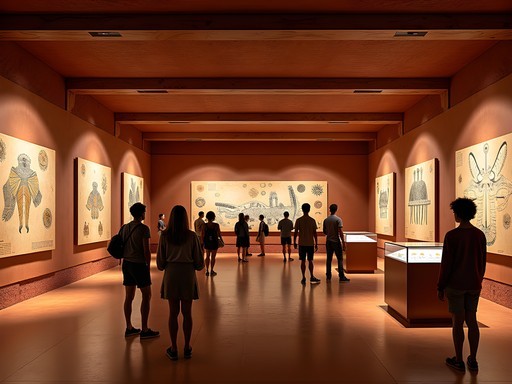







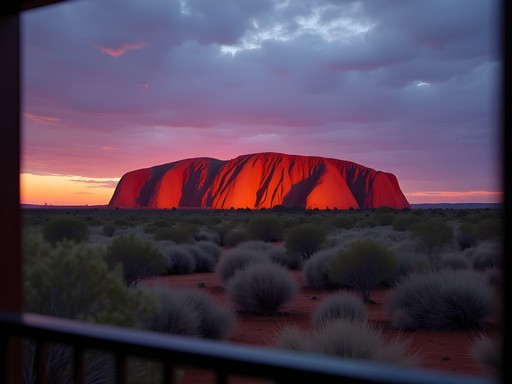





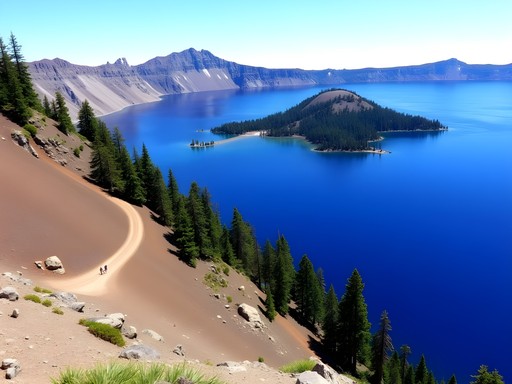

Comments
photo_enthusiast
That shot of Uluru changing colors at sunset is absolutely stunning! What camera settings did you use?
Preston Kennedy
Thanks! For the sunset shots I used f/8, ISO 100, and bracketed exposures to capture the full range of colors. The light changes quickly there, so having a tripod is essential!
travel_with_kids
Is this doable with younger kids (7 and 9)? Or is it too intense?
Preston Kennedy
The base walk might be a bit much for younger kids in one go, but you can do sections of it and turn back. The Mala Walk (2km return) is perfect for families and has great cultural information. The sunrise viewing is definitely kid-friendly too!
outback_explorer
We took our 8-year-old last month and she loved it! The Cultural Centre has kid-friendly activities too.
wintergal7907
Just got back from Uluru last week and this post is spot on! That part about being present really hit home. So many people were just rushing from spot to spot taking selfies. We took our time with the Base Walk and it was the highlight of our Australia trip. The guides from the cultural center added so much depth to the experience. Don't miss the night sky experience either - absolutely breathtaking with zero light pollution!
photo_enthusiast
Your sunrise shots are stunning! Really captures the magic of the place.
hikergirl42
Just got back from Uluru last week! Definitely pack layers - we were freezing at sunrise but roasting by 10am. And don't underestimate how much water you need for the base walk, even in cooler months. My insulated water bottle was a lifesaver as it kept water cold all day in that heat.
backpackrider
Thanks for the tip about layers! Did you do the full base walk? How long did it take?
hikergirl42
Yes, did the full base walk! It's about 10km and took us around 3.5 hours with stops for photos and reading the information signs. Start early - it gets hot fast!
aussie_wanderer
Beautiful write-up! Those sunrise photos are incredible.
aussie_wanderer
Just got back from Uluru last week. One tip I'd add - if you're planning the Valley of the Winds walk at Kata Tjuta that Preston mentioned, go SUPER early. They often close it after 11am when it gets too hot, especially in summer. We almost missed out!
travel_with_kids
Is the Valley of the Winds walk suitable for children? We have a 6 and 9 year old.
aussie_wanderer
We saw several families with kids about that age. The full circuit is 7.4km and quite rocky in parts, but you can do just the first lookout (2.2km return) which is much more manageable. Just bring LOTS of water!
wildtrekker55
Those stargazing photos are incredible! What camera settings did you use?
winterchamp
Kata Tjuta deserves more attention. Often overshadowed by Uluru but just as impressive!
Casey Andersson
Preston, your piece really captures the spiritual essence of Uluru! I visited last winter and was similarly moved by how the rock seems to change personality throughout the day. One thing I'd add for readers - the Field of Light installation is absolutely magical if you're there during the right season. We splurged on the Star Pass which included champagne while watching the sunset over both Uluru and the installation lighting up. Worth every penny for a once-in-a-lifetime experience. Also appreciated your emphasis on respecting the sacred sites. I noticed some visitors still attempting to take photos of restricted areas despite the clear signage. The cultural tour with an indigenous guide really helped me understand why certain areas are off-limits and deepened my appreciation of the place.
Preston Kennedy
Thanks Casey! The Field of Light is indeed spectacular - I considered including it but was trying to focus on the natural experiences. Your point about the guided cultural tours is spot on - they transform the visit from sightseeing to genuine understanding.
desertdreamer
The Field of Light was the highlight of our trip! Absolutely magical experience.
Venture X
Premium card with 2X miles, $300 travel credit, Priority Pass